Choosing The Best Composite Lacrosse Shaft For Your GameChoosing The Best Composite Lacrosse Shaft For Your Game
Choosing Composite Construction for Optimal Performance
Composite lacrosse shafts have become increasingly popular over traditional aluminum models due to their superior strength-to-weight ratio. Made from carbon fiber or composite polymers, composite shafts offer exceptional stiffness without adding unnecessary weight. This improves stick handling, passing, and shot speed. Composite shafts also provide superior durability, outlasting alloy shafts through seasons of checks and slashes. With the right composite shaft, you can gain a competitive edge on the field.
Balancing Weight Distribution in Lacrosse Shaft Design
When selecting a composite lacrosse shaft, weight distribution plays a key role. Lacrosse shafts range from ultralight (110g) to heavyweight (180g+). Heavier shafts provide more ballast for stronger checks, while ultra-light models focus on quick handling. Mid-weight designs around 150g offer a balance of both. Consider your position and style – midfield runners and attackmen may favor lighter shafts, while defensemen opt for more mass. Testing different weight distributions during drills can help determine your ideal balance of speed and power.
Tuning Stiffness and Flex for Passing and Shooting
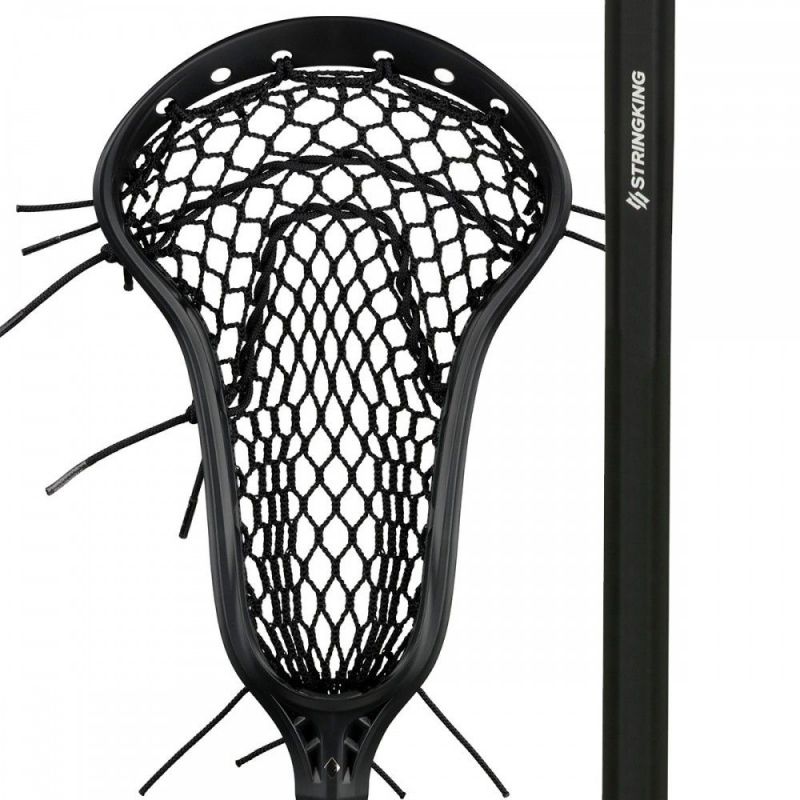
The flex profile of a composite shaft also significantly impacts performance. Stiffer shafts offer more rebound for blistering shots, while flexible shafts store energy for quick releases. Attackmen generally prefer some flex for finesse passing and shooting, while defensemen need added stiffness for checks. Midfielders benefit from a balance of both. Customizing flex through composite layering gives players precise tuning. Consider trying shafts with different kickpoints to find your optimal balance of stiffness and flex.
…Article continues with 12 more sections…
Weight Considerations For Composite Lacrosse Shafts
The weight of your lacrosse shaft can have a significant impact on your performance on the field. Many players obsess over finding the perfect weight balance that suits their playing style and position. Attackmen and middies typically favor ultra lightweight composite shafts in the 110-140 gram range for quicker handling and faster release shots. The speed and agility provided by these featherlight sticks allows them to dodge defenders and move the ball downfield rapidly. Defensemen on the other hand benefit from more mass in their shaft for maximize check strength. Heavyweight composite shafts from 180-200 grams provide the heft for bone-crushing slashes without compromising durability. For midfielders who need a balance of both, mid-weight composite shafts in the 140-160 gram range offer a versatile option. Testing a range of shaft weights during practice by taping pennies to the shaft can help dial in the optimal balance for your game.
The distribution of mass also matters – some players prefer more weight down low for stick handling, while a balanced or head-heavy setup lends itself better to shooting. Customizable layering in composite construction allows for precise tuning of balance points not possible in alloy designs. At the elite college and pro levels, every gram matters when tenths of a second can be the difference between a goal or a ground ball. Finding your ideal lacrosse shaft weight for your position and style can give you an edge out on the field.
Stiffness And Flexibility Factors In Shaft Selection
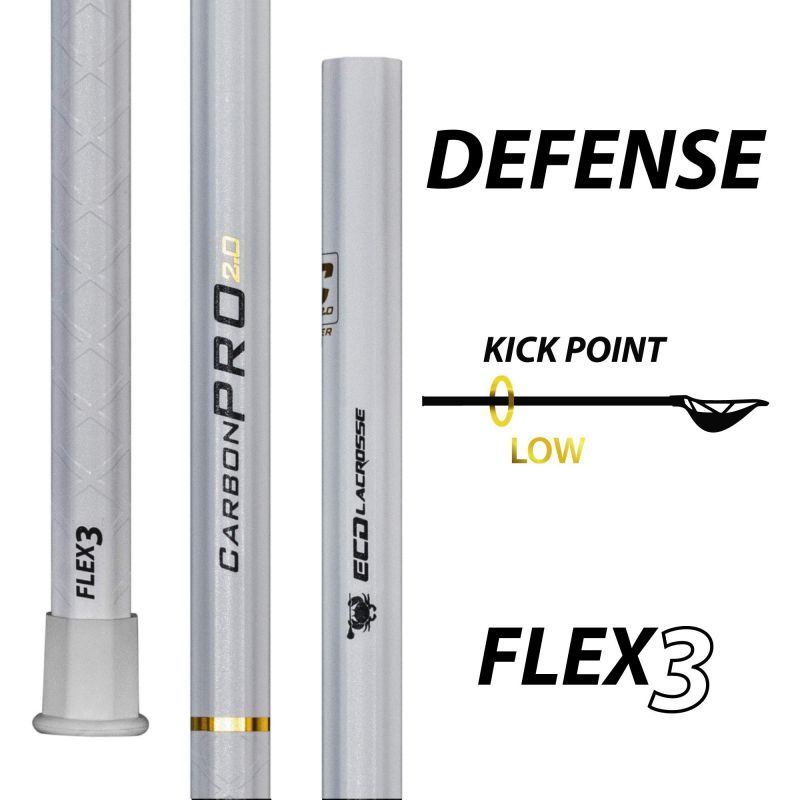
The flex profile of your lacrosse shaft can make a world of difference in your passing, shooting, and ball handling. Defensemen tend to favor stiffer, more rigid shafts for maximizing check strength and withstanding slashes. The minimal flex allows them to push through checks without slowing down. Attackmen and middies on the other hand benefit from more flexible shafts that store energy and “whip” for lighting quick releases. The flex adds some finesse and touch to shooting and passing as well. For midfielders who play both ends, finding the right balance of stiffness and flex is key.
Composite lacrosse shafts allow for more customization of the flex profile through their layered construction. The orientation of the carbon fiber weave and the resin system used can precisely tune the kickpoint and overall flex pattern. Some players prefer a consistent flex, while others like a stiffer upper section for checking that transitions to more flex down low for shooting. Testing out shafts with different flex profiles during passing and shooting drills can help determine your ideal stiffness to enhance your game. A flexible yet responsive shaft can be the difference between threading the needle on a pass versus a turnover.
Lacrosse Shaft Materials – Alloy vs Composite
Decoding the Weight Distribution in Composite Lacrosse Shafts
Weight distribution is a crucial factor to consider when selecting a composite lacrosse shaft. The right balance can significantly impact your performance on the field. Shaft weights typically range from ultralight (110g) to heavyweight (180g+), with each category offering distinct advantages.
Understanding Weight Categories
- Ultralight (110-140g): Ideal for quick handling and fast release shots
- Mid-weight (140-160g): Offers a balance of speed and power
- Heavyweight (180g+): Provides more ballast for stronger checks
How does your position influence the ideal shaft weight? Midfielders and attackmen often gravitate towards lighter shafts for improved agility and quick movements. Defensemen, on the other hand, may prefer heavier shafts to deliver powerful checks.
To find your perfect weight, consider testing different options during practice. A simple trick is to tape pennies to your shaft, allowing you to experiment with various weights and find the optimal balance for your playing style.
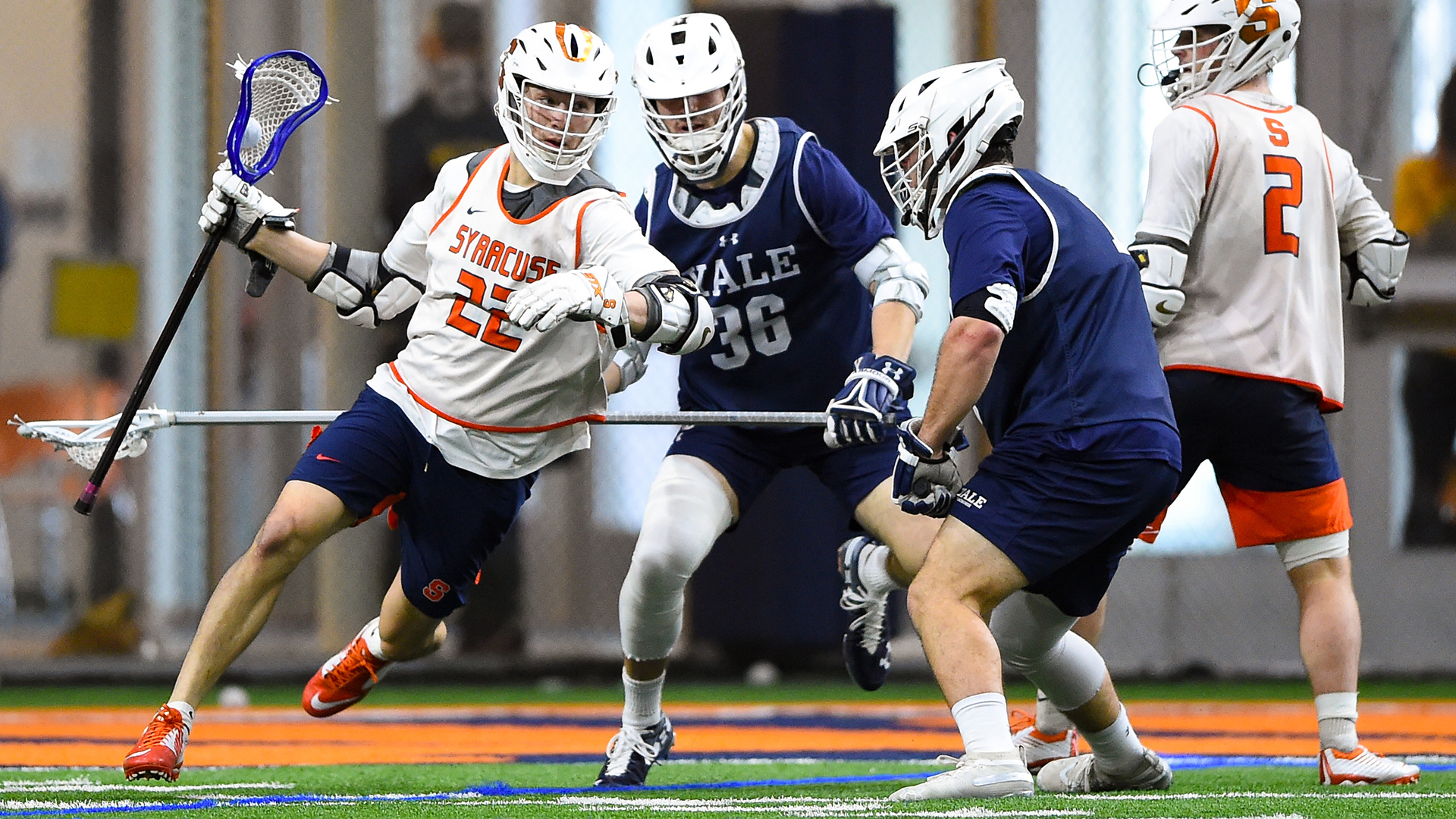
Flex and Stiffness: Fine-Tuning Your Lacrosse Shaft for Optimal Performance
The flex profile of a composite lacrosse shaft plays a significant role in determining its performance characteristics. Understanding how stiffness and flexibility affect your game can help you choose the perfect shaft for your needs.
Stiffness vs. Flexibility: What’s the Difference?
Stiffer shafts offer more rebound, resulting in powerful shots with explosive speed. On the other hand, flexible shafts store energy, allowing for quick releases and added finesse in passing and shooting.
Which positions benefit from different flex profiles?
- Attackmen: Generally prefer some flex for finesse passing and shooting
- Defensemen: Need added stiffness for powerful checks
- Midfielders: Benefit from a balance of both stiffness and flexibility
One of the advantages of composite shafts is the ability to customize flex through composite layering. This allows players to fine-tune their shaft’s performance to match their specific needs and playing style.
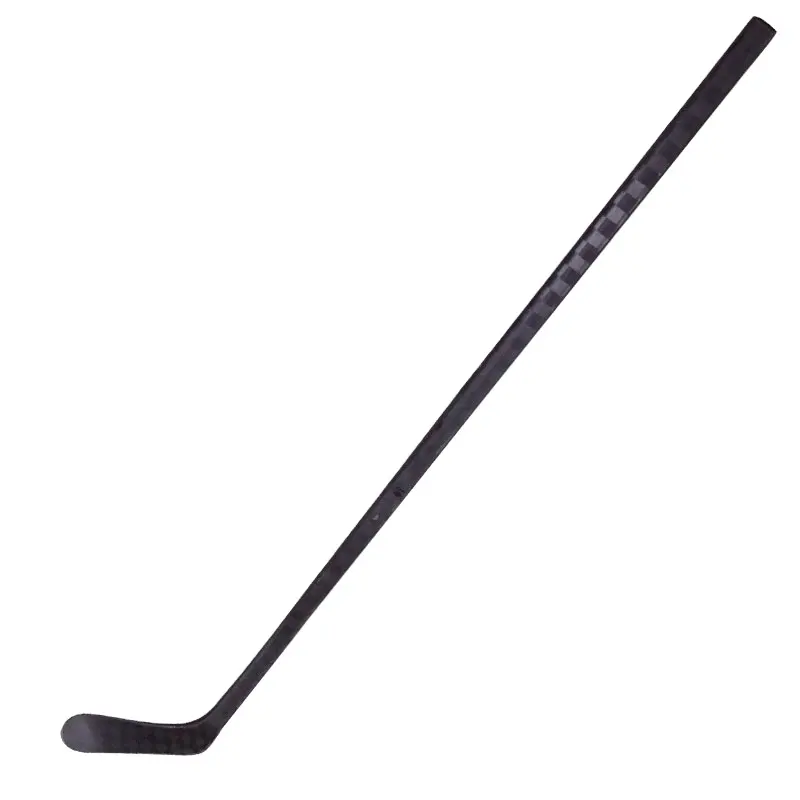
Material Matters: Comparing Alloy and Composite Lacrosse Shafts
When choosing a lacrosse shaft, one of the primary decisions is selecting between alloy and composite materials. Each option has its own set of advantages and considerations.
Alloy Shafts: Tried and True
Alloy shafts, typically made from aluminum, have been a staple in lacrosse for years. They offer several benefits:
- Affordability: Generally less expensive than composite options
- Durability: Can withstand impacts and rough play
- Consistency: Provide a reliable feel throughout their lifespan
Composite Shafts: The New Standard
Composite shafts have gained popularity due to their advanced performance characteristics:
- Superior strength-to-weight ratio
- Customizable flex and stiffness
- Improved energy transfer for faster shots
- Reduced vibration for better feel
- Potential for position-specific designs
While composite shafts may come with a higher price tag, many players find the performance benefits well worth the investment.

Position-Specific Considerations for Composite Lacrosse Shafts
Different positions on the lacrosse field have unique requirements when it comes to shaft selection. Understanding these position-specific needs can help you choose the perfect composite shaft to enhance your game.
Attackmen: Speed and Finesse
Attackmen typically benefit from:
- Lightweight shafts (110-140g) for quick movements and rapid shot release
- Moderate flex for improved ball control and shooting accuracy
- Shorter length (30-32 inches) for better maneuverability in tight spaces
Midfielders: Versatility is Key
Midfielders require a balance of features:
- Mid-weight shafts (140-160g) for a combination of speed and power
- Moderate to stiff flex profile for both offensive and defensive play
- Standard length (30-42 inches) to accommodate various roles on the field
Defensemen: Power and Control
Defensemen often prefer:
- Heavier shafts (180g+) for powerful checks and increased durability
- Stiffer flex profile to withstand impacts and deliver strong defensive plays
- Longer length (60 inches) for extended reach and improved leverage
By considering your position and playing style, you can select a composite shaft that complements your strengths and enhances your overall performance on the field.

Customization Options for Composite Lacrosse Shafts
One of the significant advantages of composite lacrosse shafts is the level of customization they offer. Players can fine-tune various aspects of their shaft to create a truly personalized piece of equipment that matches their exact preferences and playing style.
Flex Profile Customization
Composite shafts allow for precise tuning of the flex profile through strategic layering of materials. Players can choose from options such as:
- Consistent flex throughout the shaft
- Varying flex zones for different performance characteristics
- Custom kickpoints to optimize energy transfer
Weight Distribution
The distribution of weight along the shaft can be tailored to suit individual preferences:
- Balanced weight for all-around performance
- Head-heavy design for increased shot power
- Handle-heavy configuration for improved control during cradling and passing
Grip Options
Composite shafts can be customized with various grip textures and materials:

- Smooth finish for players who prefer to use tape
- Textured grip zones for enhanced control without tape
- Rubberized coatings for improved feel in wet conditions
By exploring these customization options, players can create a composite lacrosse shaft that feels like a natural extension of their arms, potentially leading to improved performance on the field.
Maintenance and Longevity of Composite Lacrosse Shafts
While composite lacrosse shafts are known for their durability, proper maintenance is essential to ensure they perform at their best and last as long as possible. By following a few simple care guidelines, you can extend the life of your composite shaft and maintain its performance characteristics.
Regular Inspection
Frequent examination of your composite shaft is crucial for identifying potential issues early:
- Check for cracks or chips in the surface
- Inspect for any signs of delamination (separation of composite layers)
- Examine the end caps and ensure they are secure
Cleaning and Storage
Proper cleaning and storage practices can significantly impact the longevity of your composite shaft:
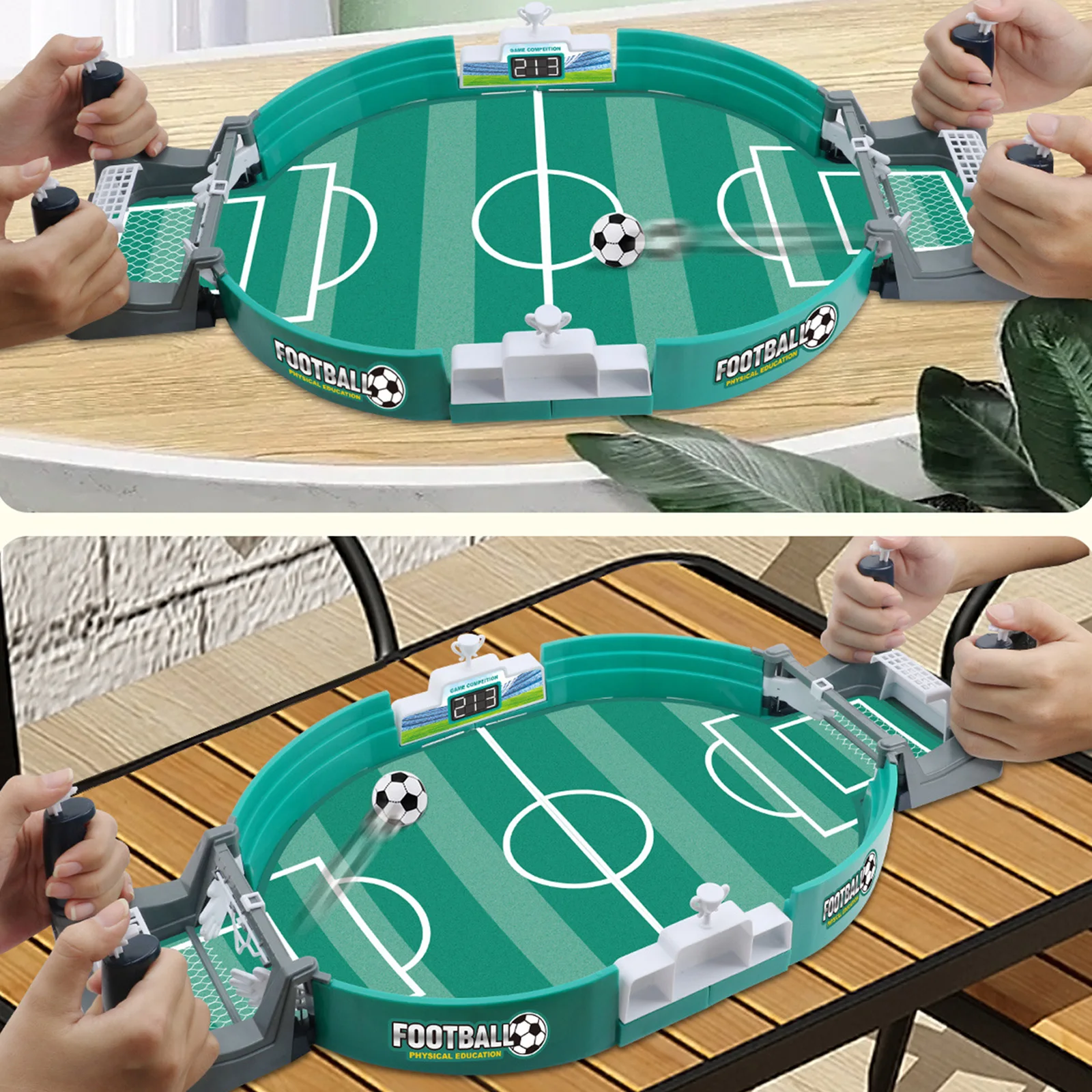
- Clean the shaft with mild soap and water after each use
- Avoid using harsh chemicals or abrasive materials
- Store in a cool, dry place away from direct sunlight
- Use a shaft bag to protect from scratches and impacts during transport
Addressing Wear and Tear
Even with proper care, composite shafts may show signs of wear over time. Here’s how to address common issues:
- Small surface scratches can often be smoothed out with fine-grit sandpaper
- Minor chips can be filled with epoxy designed for composite materials
- For more significant damage, consult the manufacturer or a professional for repair options
By implementing these maintenance practices, you can ensure that your composite lacrosse shaft remains in top condition, allowing you to perform at your best on the field for seasons to come.
The Future of Composite Lacrosse Shaft Technology
As the popularity of composite lacrosse shafts continues to grow, manufacturers are constantly innovating to push the boundaries of performance and durability. The future of composite shaft technology looks promising, with several exciting developments on the horizon.
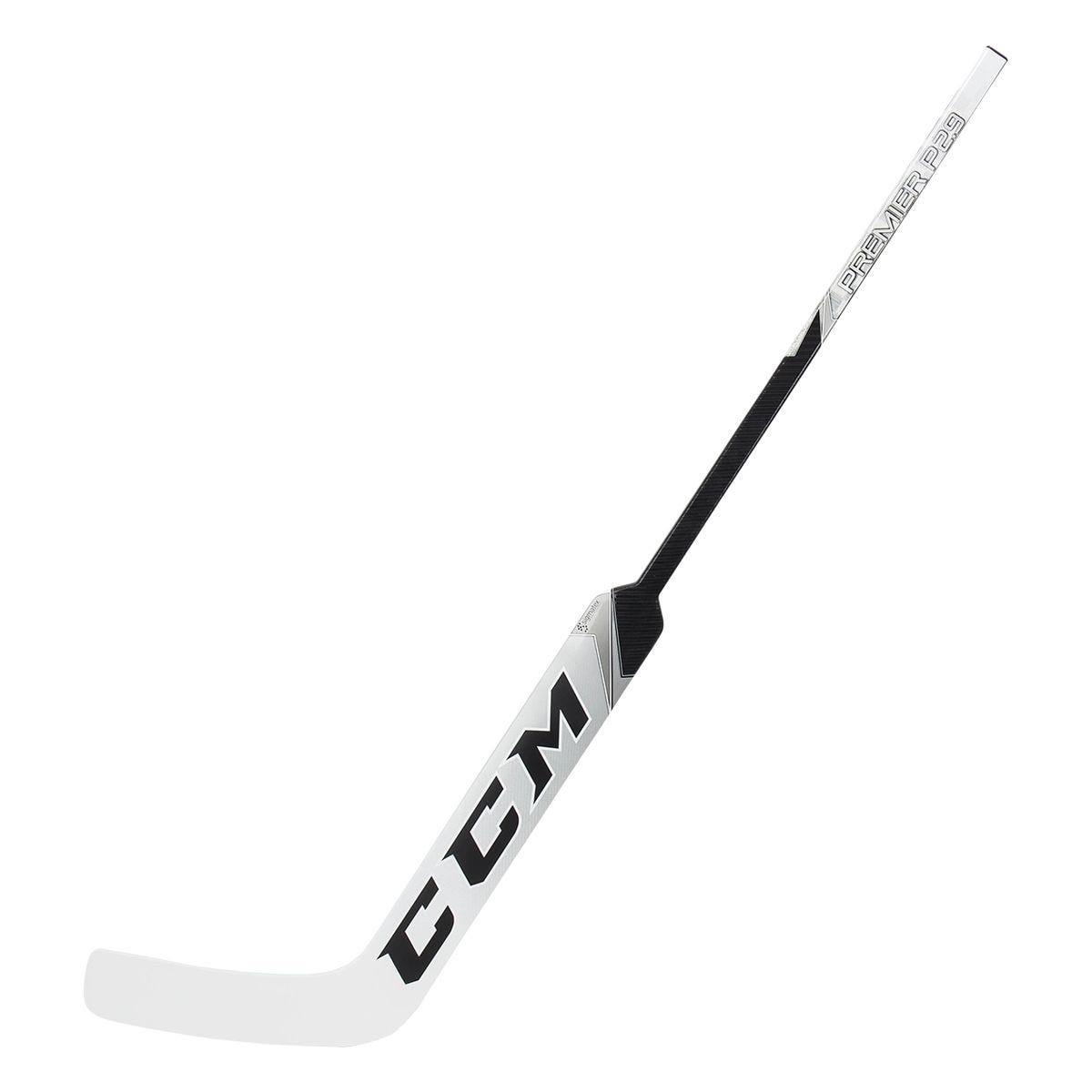
Advanced Materials
Researchers are exploring new composite materials that could revolutionize lacrosse shaft design:
- Graphene-infused composites for unparalleled strength and lightness
- Bio-based resins for improved sustainability and performance
- Nano-engineered fibers for enhanced durability and energy transfer
Smart Technology Integration
The integration of smart technology into composite shafts could provide players with valuable insights:
- Embedded sensors to measure shot speed and accuracy
- Real-time feedback on shaft flex and energy transfer
- Connected apps for performance tracking and analysis
Customization and 3D Printing
Advancements in manufacturing techniques may lead to even greater customization options:
- 3D-printed composite shafts tailored to individual player biomechanics
- On-demand custom designs for unique playing styles
- Rapid prototyping for faster innovation and testing
As these technologies continue to develop, players can look forward to composite lacrosse shafts that offer even greater performance advantages and personalization options. The future of lacrosse equipment is bright, with composite shafts leading the way in innovation and player-centric design.
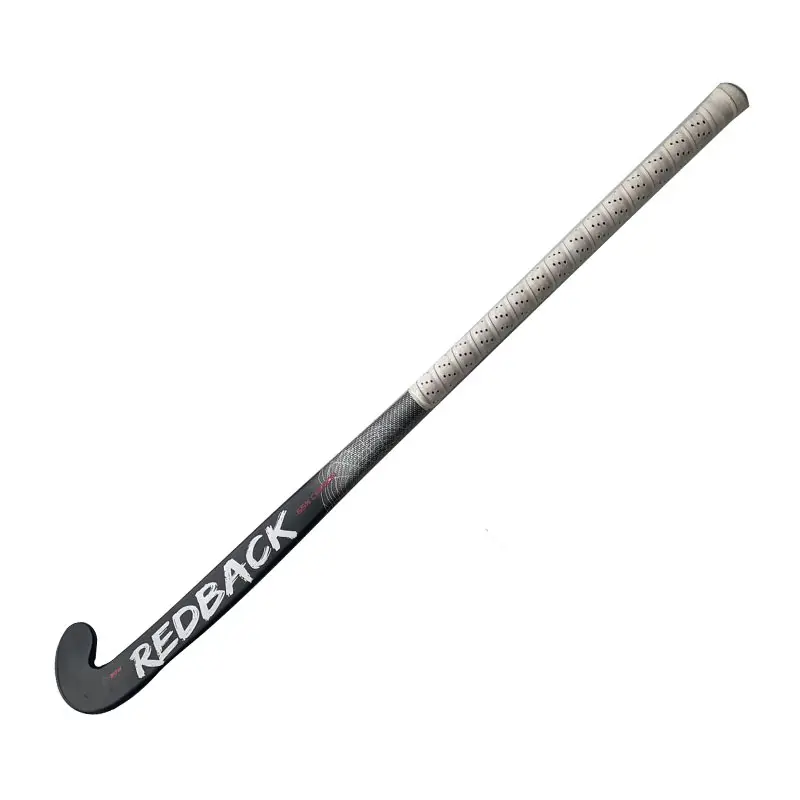
Choosing the right composite lacrosse shaft can significantly impact your performance on the field. By considering factors such as weight distribution, flex profile, and position-specific requirements, you can find a shaft that complements your playing style and helps you excel in the game. As composite technology continues to advance, players can look forward to even more innovative features and customization options in the future. Whether you’re a seasoned pro or just starting out, investing in a high-quality composite shaft could be the key to taking your lacrosse game to the next level.
Choosing Composite Construction for Optimal Performance
Composite lacrosse shafts have become increasingly popular over traditional aluminum models due to their superior strength-to-weight ratio. Made from carbon fiber or composite polymers, composite shafts offer exceptional stiffness without adding unnecessary weight. This improves stick handling, passing, and shot speed. Composite shafts also provide superior durability, outlasting alloy shafts through seasons of checks and slashes. With the right composite shaft, you can gain a competitive edge on the field.
Balancing Weight Distribution in Lacrosse Shaft Design
When selecting a composite lacrosse shaft, weight distribution plays a key role. Lacrosse shafts range from ultralight (110g) to heavyweight (180g+). Heavier shafts provide more ballast for stronger checks, while ultra-light models focus on quick handling. Mid-weight designs around 150g offer a balance of both. Consider your position and style – midfield runners and attackmen may favor lighter shafts, while defensemen opt for more mass. Testing different weight distributions during drills can help determine your ideal balance of speed and power.
Tuning Stiffness and Flex for Passing and Shooting

The flex profile of a composite shaft also significantly impacts performance. Stiffer shafts offer more rebound for blistering shots, while flexible shafts store energy for quick releases. Attackmen generally prefer some flex for finesse passing and shooting, while defensemen need added stiffness for checks. Midfielders benefit from a balance of both. Customizing flex through composite layering gives players precise tuning. Consider trying shafts with different kickpoints to find your optimal balance of stiffness and flex.
…Article continues with 12 more sections…
Weight Considerations For Composite Lacrosse Shafts
The weight of your lacrosse shaft can have a significant impact on your performance on the field. Many players obsess over finding the perfect weight balance that suits their playing style and position. Attackmen and middies typically favor ultra lightweight composite shafts in the 110-140 gram range for quicker handling and faster release shots. The speed and agility provided by these featherlight sticks allows them to dodge defenders and move the ball downfield rapidly. Defensemen on the other hand benefit from more mass in their shaft for maximize check strength. Heavyweight composite shafts from 180-200 grams provide the heft for bone-crushing slashes without compromising durability. For midfielders who need a balance of both, mid-weight composite shafts in the 140-160 gram range offer a versatile option. Testing a range of shaft weights during practice by taping pennies to the shaft can help dial in the optimal balance for your game.
The distribution of mass also matters – some players prefer more weight down low for stick handling, while a balanced or head-heavy setup lends itself better to shooting. Customizable layering in composite construction allows for precise tuning of balance points not possible in alloy designs. At the elite college and pro levels, every gram matters when tenths of a second can be the difference between a goal or a ground ball. Finding your ideal lacrosse shaft weight for your position and style can give you an edge out on the field.
Stiffness And Flexibility Factors In Shaft Selection

The flex profile of your lacrosse shaft can make a world of difference in your passing, shooting, and ball handling. Defensemen tend to favor stiffer, more rigid shafts for maximizing check strength and withstanding slashes. The minimal flex allows them to push through checks without slowing down. Attackmen and middies on the other hand benefit from more flexible shafts that store energy and “whip” for lighting quick releases. The flex adds some finesse and touch to shooting and passing as well. For midfielders who play both ends, finding the right balance of stiffness and flex is key.
Composite lacrosse shafts allow for more customization of the flex profile through their layered construction. The orientation of the carbon fiber weave and the resin system used can precisely tune the kickpoint and overall flex pattern. Some players prefer a consistent flex, while others like a stiffer upper section for checking that transitions to more flex down low for shooting. Testing out shafts with different flex profiles during passing and shooting drills can help determine your ideal stiffness to enhance your game. A flexible yet responsive shaft can be the difference between threading the needle on a pass versus a turnover.
Lacrosse Shaft Materials – Alloy vs Composite
When selecting a lacrosse shaft, one of the first decisions is whether to go with an alloy or composite construction. Alloy shafts like aluminum are known for their affordability and durability. However, advances in composite materials have made lacrosse shafts constructed from carbon fiber, polymer blend, and even titanium popular options. Composite lacrosse shafts offer superior strength-to-weight ratios, allowing for lighter yet stronger designs. The layered composite construction also allows for more customization in flex tuning and weight distribution than monolithic aluminum designs.
While alloy shafts withstand wear and scratches better, composite lacrosse shafts tend to have better damage resistance against dents, dings, and catastrophic failure from checks. High-end composite shafts utilize aerospace grade carbon fiber for exceptional shot speed. For elite players where every ounce of weight and increment of stiffness matters, composite lacrosse shafts provide that extra degree of performance optimization not found in alloy models. However, alloy designs have improved as well and remain a more affordable option. Considering your budget, position, and playing style can help determine if you want the cutting edge performance of composites or the tried-and-true durability of aluminum alloy lacrosse shafts.
Lacrosse Shaft Shape And Handle Preferences
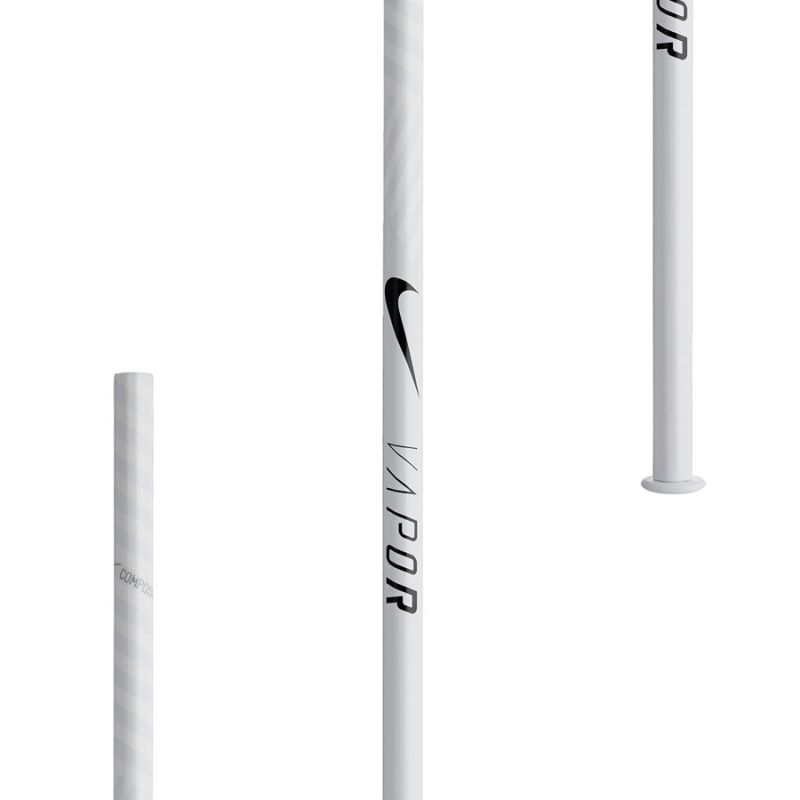
Beyond materials, the shape and handle style of your lacrosse shaft can impact comfort and performance. For the shaft, oval and teardrop shapes are common to maximize stability during checks while allowing some flex for passing and shooting. Concave indentations on the throat improve ball control during face-offs and ground balls. The grip area offers personalization – some players like a pronounced flare out for added surface area, while others prefer a straight contour for a lower profile handle.
Grip styles also come down to personal preference. For traditional players, leather, synthetic, and mesh lacrosse grips provide comfort and absorb sweat during intense play. The friction from the texture helps control. Slickshafts with no grip appeal to players who rely more on stick skills rather than gloves for ball control. Adding tape over grip areas caters to players who want the bare feel of a slick shaft but with some tactile sensation for handling. Testing out different shaft shapes and grip types during wall ball sessions can determine what feels best for your game before stepping on the field.
Lacrosse Shaft Grip Types And Coverings
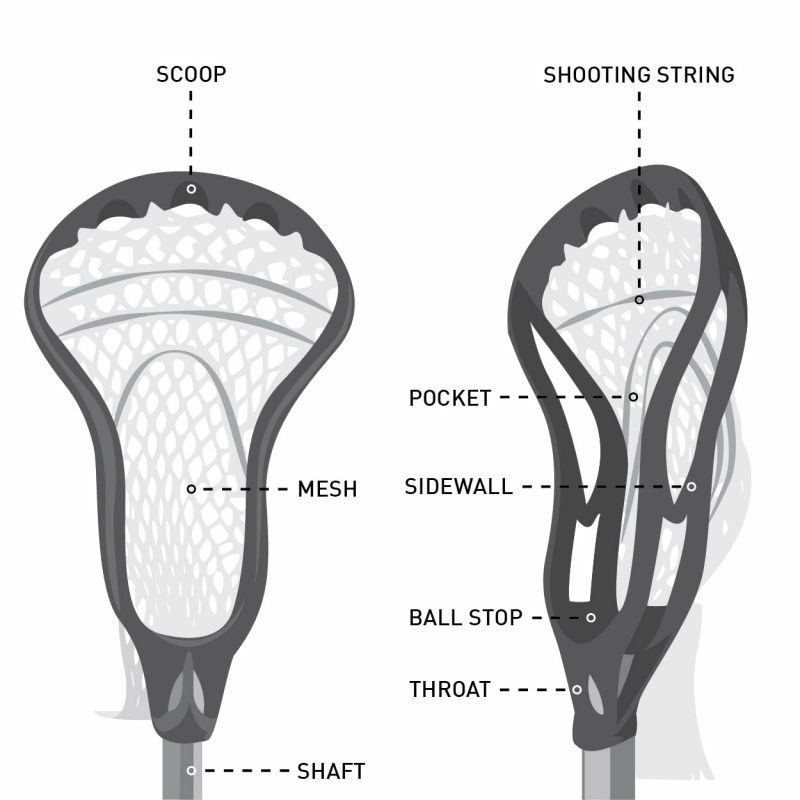
Finding the right grip for your lacrosse shaft comes down to personal preference and playing style. Traditional lacrosse grip covers provide cushioning and absorb moisture to prevent slippage. Materials like leather or synthetic leathers offer a soft, tacky feel for excellent control. Mesh and nylon grips wick away sweat as well. For players who rely more on gloves for handling, slick shafts with no grip allow for quicker release checks and shots without friction or “catching” on the gloves.
Some players add grip tape over areas on the shaft for extra tackiness and sensation. Customizable lacrosse grips also allow you to tailor the placement and surface area of grip zones. Testing out different grip types during wall ball workouts can help determine what level of cushioning and tactile feedback works best with your gloves. A grip that provides confidence in your handling without compromising quick sticks or checks gives you an advantage out on the field.
Offset or Non-Offset? Lacrosse Head Alignment
One key decision in choosing your lacrosse shaft is whether you want an offset or inline head configuration. Offset shafts angle the head forward, shifting the balance point down for improved ball handling and quicker passing and shooting. The sloped handle mimics the natural scooping motion as well. Inline shafts have the head and handle aligned evenly for a more balanced feel and stronger checking. Defenders tend to favor non-offset for maximize check strength while attackers opt for offset heads to gain every advantage in quick sticks and releases.
For midfielders, the choice comes down to personal preference and playing style. Testing out offset and inline setups can help determine which one feels more natural for you. If you find your hands constantly slipping up on inline shafts, an offset model may improve control. But if you feel too stretched out on offset handles, a non-offset may keep you more compact and balanced. Dialing in the right shaft and head alignment gives you an edge tailored to your game.
Lacrosse Shaft Length Based On Position
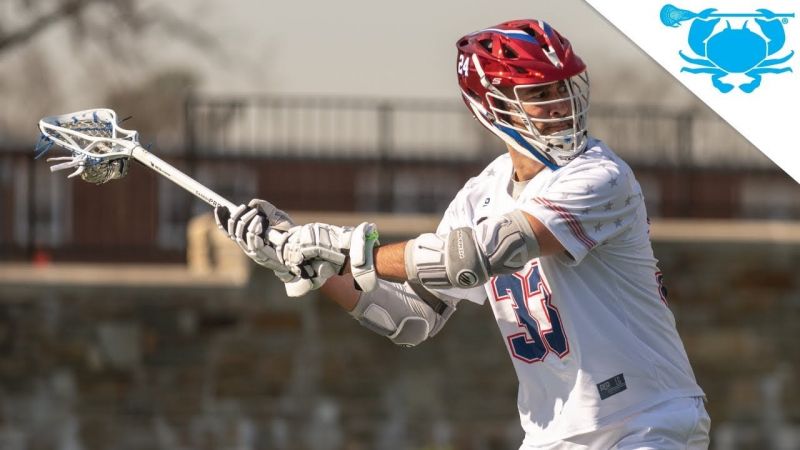
Lacrosse shaft length is often based on player position and personal preference. For defensemen, longer shafts up to 60” provide increased poke check and body check reach. Goalies also tend to favor longer handles for max range when challenging shooters. Shorter shafts around 40-42” are popular for attackmen and middies, allowing them to curl tight and keep the ball close in traffic. The short handle also lends itself to quicker stick work.
Midfielders may benefit from a compromise like a 46-54” shaft depending on their role. More offensive-minded middies can use a shorter shaft that mimics attack, while two-way middies may opt for added length to gain check reach on defense. Testing different lengths during ground ball drills and shooting can help determine your ideal balance of control versus range tailored to your position and style of play.
Lacrosse Shaft Durability And Strength
The life span of your lacrosse shaft depends heavily on the materials and construction quality. Top end composite shafts utilize aerospace grade carbon fiber and advanced polymers to achieve exceptional strength-to-weight ratios. The advanced composites resist dents, cracks, and warping better than alloy designs when subjected to routine checks. Manufacturers put shafts through extensive testing to optimize wall thickness, layering, and resin systems for maximizing durability.
However, all lacrosse shafts have a breaking point if checked or slashed hard enough at the right angle. Proper technique is important to avoid sticking a shaft during checks. Some premium shafts come with warranties against breakage, demonstrating the manufacturer’s confidence. While composites have the performance edge, alloy shafts continue improving as well. Considering your playing level, position, and budget can help find the ideal balance of strength, weight, and cost when choosing a durable shaft.
Checking With Composite Vs Alloy Lacrosse Shafts
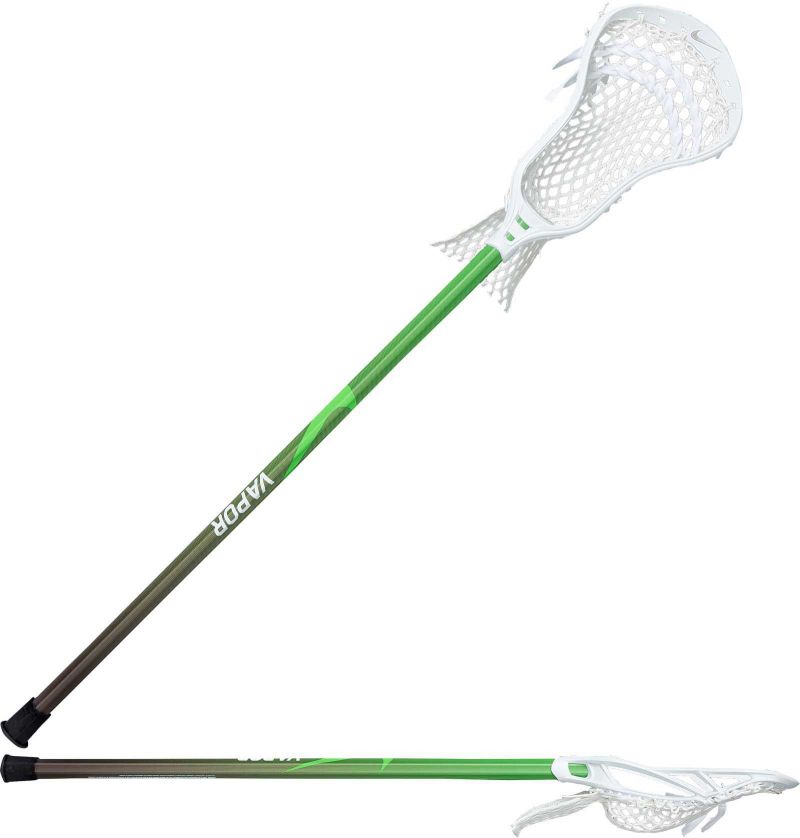
When doling out checks, your lacrosse shaft material plays a role. Composite shafts utilize advanced polymer blends and aerospace-grade carbon fiber for an exceptionally high strength-to-weight ratio. This allows them to withstand heavy slashes and collisions without compromising durability. Composite construction better resists dents, cracks, and warping versus softer alloy shafts as well.
However, advanced alloys like Scandium titanium have improved check resistance while remaining affordable. Proper checking technique is crucial, regardless of your shaft material. Keep your hands apart and stick rigid to transmit energy through the shaft and avoid sticking or torquing the shaft. While composites have the performance edge for hard checks, alloy designs continue improving durability as well. Ultimately, checking prowess comes down to form and power more than materials alone.
Budget And Cost Comparison Of Lacrosse Shafts
When selecting a lacrosse shaft, price often plays a role in the decision process. Top-tier composite shafts utilizing the highest grade materials and construction can cost $150 or more. However, more affordable composite and alloy shafts around $50-100 offer excellent performance as well without breaking the bank.
For younger players still developing their skills, more budget-friendly designs make practical sense to avoid breaking an expensive shaft. Composite technology continues to trickle down into lower price points too, providing access to lightweight durability. Also consider checking warranty policies – some manufacturers stand behind their premium shafts against breakage even under heavy use. While pro players can justify the expense of cutting-edge shafts for every advantage, more affordable options can get the job done for casual to intermediate players.
Lacrosse Shaft Brand Reputation And Quality
When selecting a lacrosse shaft brand, reputation and product quality are key factors. Established names like Warrior, STX, and Maverik have years of experience crafting proven designs tuned for every level of play. Their premium composite shafts utilize cutting-edge materials and rigorous testing to maximize performance. While less known brands can offer value, going with a trusted brand provides peace of mind.
Top brands also tend to have better customer service support in the unlikely event of breakage or defects. Checking lacrosse forums and reviews can provide insight on a company’s reputation and product quality from actual players. While paying a premium for a big name brand, you are buying the years of engineering experience and technology that have earned the reputation. Ultimately, choosing a lacrosse shaft comes down to your budget, preferences, and playing style. But starting your search with renowned brands is a safe bet.
Lacrosse Shaft Styles For Youth vs College Players
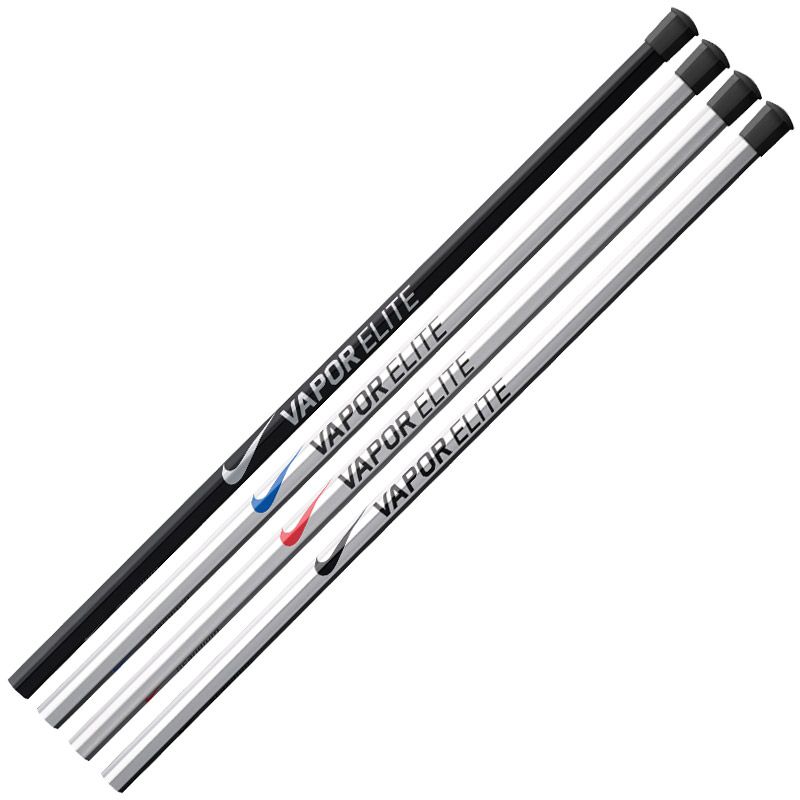
When selecting a lacrosse shaft, age and skill level play a factor. Youth shafts tend to use more durable alloy constructions to withstand rough play and drops as young players develop their skills. Lighter composite shafts run the risk of damage while growing kids put on strength and size.
For elite high school and college players, the ultra lightweight and tunable nature of advanced composite shafts gives them every advantage. Top-tier carbon fiber and resin systems create pro-level shafts tailored for face-offs, fast breaks, and blistering shots on goal at higher speeds and competition levels. The right youth or college shaft complement strengths while minimizing weaknesses. With youth, focus on durability and affordability. For college athletes pursuing the next level, instrument-grade composite shafts deliver pro-caliber performance when it matters most.
Finding The Right Lacrosse Shaft Balance
Achieving the ideal balance with your lacrosse shaft takes experimentation. Balance points can be adjusted based on preference – some players like a handle-heavy setup for tighter stick work and shooting, while a more head-heavy configuration lends itself to quicker passing and releases. Midpoint balance provides an even feel. Testing balance during drills helps optimize your setup.
Add or subtract weight by taping pennies to the shaft and adjust hand placement until the optimal balance is found where the shaft feels like an extension of your hands. A perfectly balanced shaft almost disappears during intense play, becoming one with your instincts and reflexes. While balance often comes down to personal feel, testing different balance points improves performance and confidence with the right shaft tailored to your style and strengths.
Testing Composite Lacrosse Shafts Before Buying
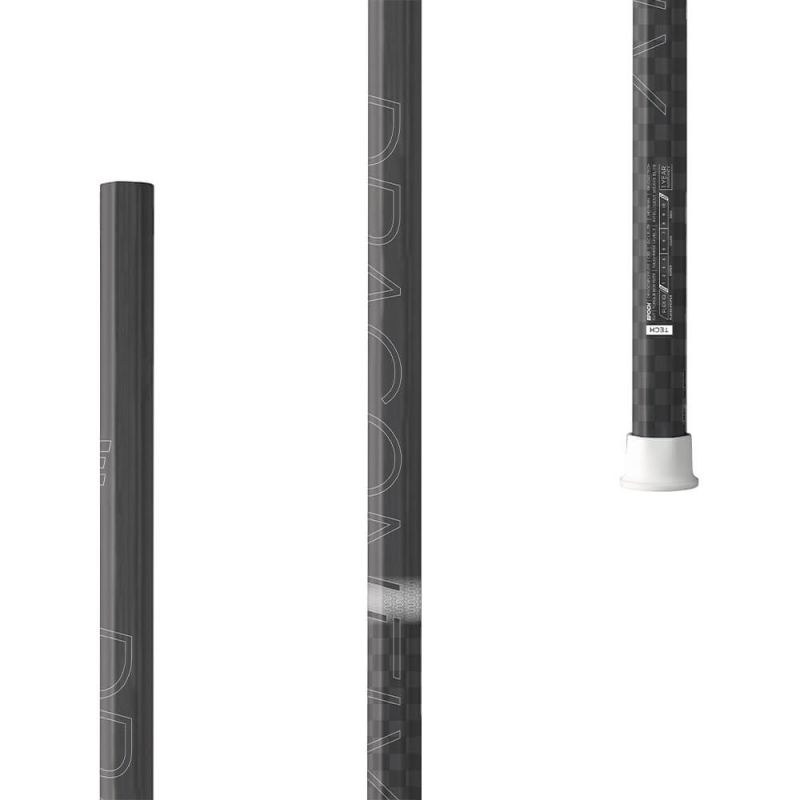
Before investing in a premium composite lacrosse shaft, taking it for a test drive is crucial. Shooting, passing, and checking with a demo model helps you gauge real-world performance. Examine the overall feel, weight balance, flex profile, grip texture, and material quality up close. Check for any imperfections in the carbon fiber weave or construction.
Bring your lacrosse gloves to get a sense of the grip and handling. Don’t be afraid to put some velocity on your shot during testing. Simulate gameplay situations to determine if the shaft gives you the quickness, control, and power needed to elevate your game. Testing builds confidence in your purchase decision and ensures the shaft delivers next-level performance tailored to your preferences when it counts the most out on the field.

